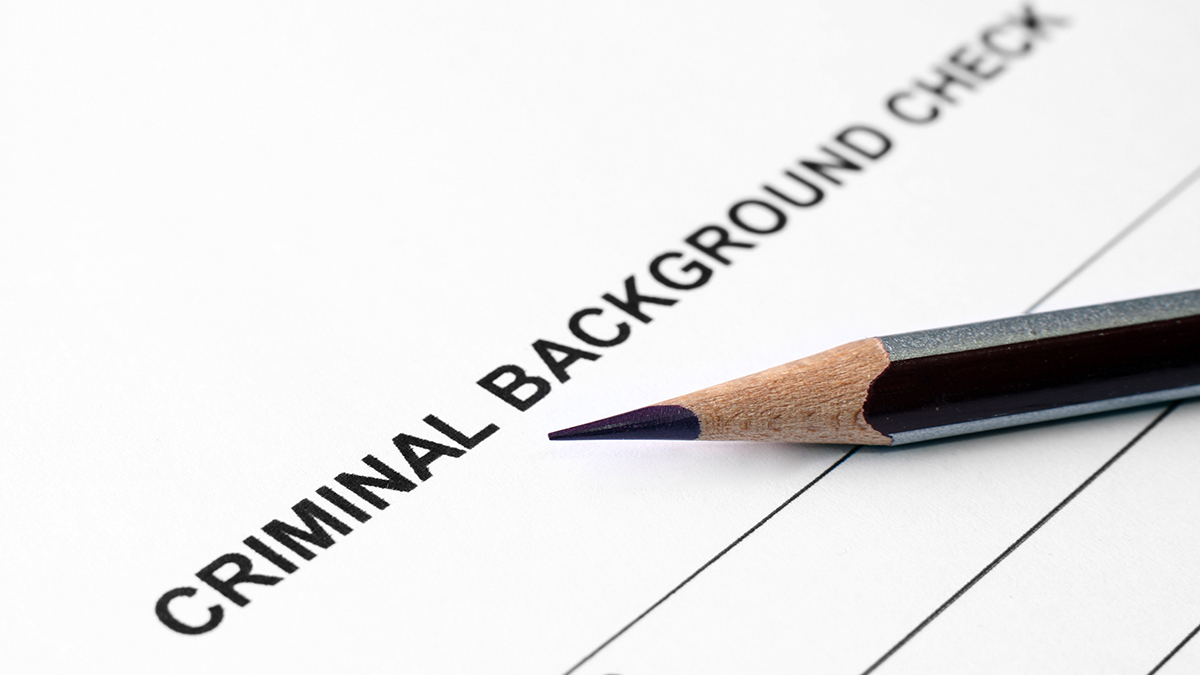A "very rare" geomagnetic storm could make the northern lights visible across a large portion of the U.S. this weekend, including Illinois, but will you be able to see it?
The severe "geomagnetic storm" could take place as early as Friday night, the National Weather Service's Space Prediction Center said, issuing what's known as a G4 alert for the first time in nearly 20 years.
The watch comes after multiple earth-directed coronal mass ejections (CME’s) were observed by forecasters this week.
CME’s are "large expulsions of plasma and magnetized particles from the Sun’s corona," according to the SWPC. Those ejections can expand in size as they approach Earth, and can cause geomagnetic storms when they arrive.
"Several strong flares have been observed over the past few days and were associated with a large magnetically complex sunspot cluster, which is 16 times the diameter of Earth," the agency said in a tweet. "Additional solar activity is expected from the region."
The alert marks the first G4 watch issued since 2005.
Local
Here's a look at what to know:
Where could the northern lights be visible?
Feeling out of the loop? We'll catch you up on the Chicago news you need to know. Sign up for the weekly Chicago Catch-Up newsletter here.
Experts with the National Weather Service said the levels expected in the storm "are very rare," and could mean the northern lights will be visible as far south as Alabama.
Both Friday and Saturday's aurora forecasts show a view line extending into or close to Illinois.
When might you see the northern lights?
At least five CME’s were observed in recent days, the agency said, noting the particles could begin arriving to Earth "as early as midday Friday."
It’s expected that the CME’s could continue to arrive through Sunday, marking for an “unusual event.”
Officials stressed, however, that there remains much uncertainty when it comes to timing of the event.
In the Chicago area, however, scattered showers and storms could hinder the visiblity Friday night, according to the NBC 5 Storm Team.
Things look to clear up across the region heading into Saturday and Sunday, however.
In addition, space weather forecasts can change dramatically in a matter of hours, with officials providing additional updates as the weekend draws closer.
Only three “severe” geomagnetic storms have been observed since the current solar cycle began in Dec. 2019. The last G4 storm hit Earth in March, and the last G5 storm hit in Oct. 2003, causing power outages in Sweden, according to SWPC.
What happens during a geomagnetic storm?
In a geomagnetic storm, the particles ejected by the sun cause disturbances in Earth’s magnetosphere. Particularly strong storms can impact the Earth’s ionosphere, adding energy in the form of heat that can “increase the density and distribution of density in the upper atmosphere, causing extra drag on satellites in low Earth orbit,” according to the SWPC.
As a result, disruptions in navigation systems, radio communications and power grids are all possible, though it is unclear if the approaching storm will be strong enough to yield those impacts.
Experts with NOAA said they are "a little concerned" given that "we haven't seen this in a long time," but noted preparations are underway.
Another potential impact that could occur is a much-more vibrant northern lights spectacle, according to officials.



